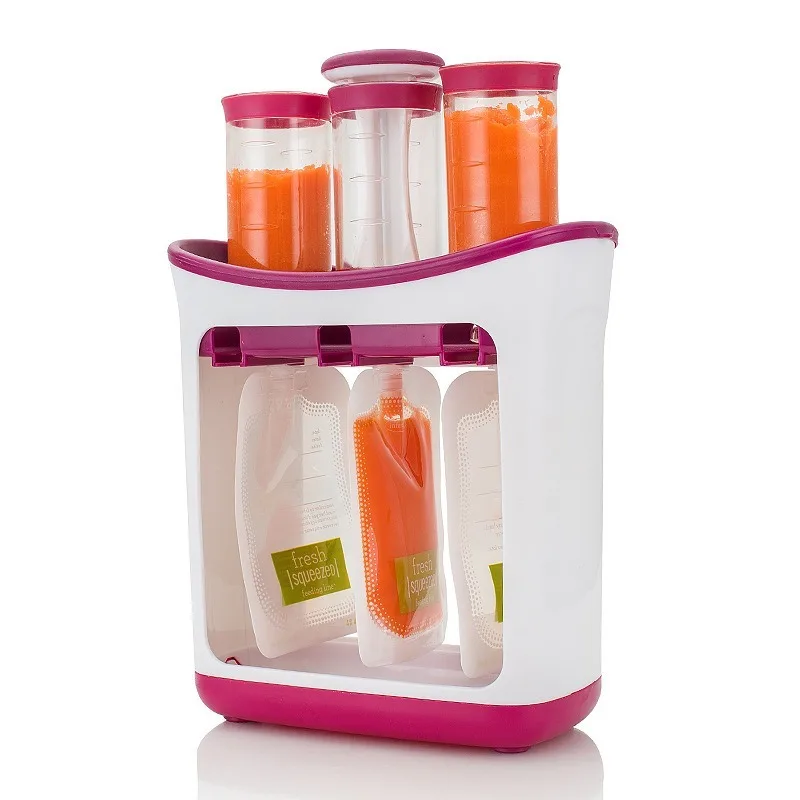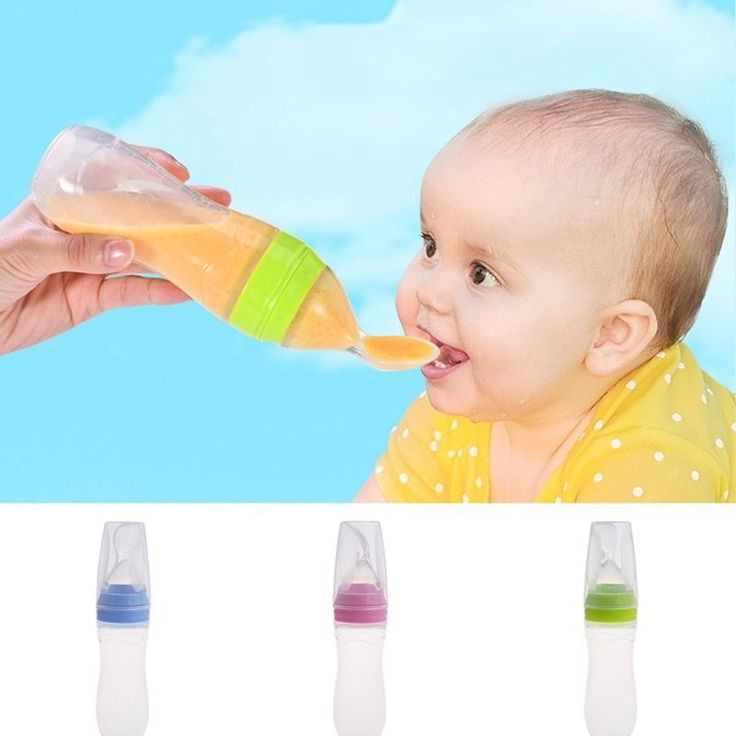Do babies always need to burp after feeding
How to burp a sleeping baby: Effective methods
When a baby falls asleep without burping, parents and caregivers can try a few methods to help them relieve wind while staying asleep.
The act of breastfeeding or feeding from a bottle often has a calming effect. As a result, it can make many infants fall asleep during or after their meal.
This can pose a problem if the baby has swallowed air during their feed. They may need to release air through a burp, which is more difficult to do when asleep. Their body may be too relaxed to get into a burping position, or the parent or caregiver may not wish to risk waking the baby from their slumber.
However, many people find that they must burp their baby after every feed — sleeping or not. If the baby does not release air through a burp after feeding, they may have discomfort later as it moves through the intestines and causes gas.
In addition, some babies are so sleepy at the breast or bottle that they fail to take in enough calories at their meals. It may sometimes be necessary to wake the baby during feeding to help them eat more. Burping the baby may help by eliminating some feelings of fullness and helping them stay awake longer.
A parent or caregiver will often need to decide on a case-by-case basis whether they should try to burp their sleeping baby or simply let them sleep.
Share on PinterestBurping a baby may help relieve discomfort after feedings.As air travels upward, burping positions usually require the baby to be at least partially upright. This position encourages any air bubbles to move upward, passing through the throat and out of the mouth.
It is possible to burp a sleeping baby, often without waking them completely. Each baby is different, so people may need to try various techniques to find one that works.
Method 1: Shoulder
This method is suitable for babies who are sound sleepers. It can also be useful if a person needs to wake a baby up to continue their feeding.
- Turn the baby upright and lean them against the upper chest.
 Put one hand under their buttocks for support. The baby’s head should be on top of the shoulder.
Put one hand under their buttocks for support. The baby’s head should be on top of the shoulder. - Gently pat the baby’s back between their shoulder blades. Use an open palm to pat, being firm but gentle.
- If patting does not work, try rubbing their upper back in circular motions with the palm.
If the aim is to keep the baby awake, lightly bouncing them while they are on the shoulder may help wake them while also bringing up a burp.
Method 2: Chest
If a shoulder burp tends to wake the baby up, try a chest burp instead. Placing the baby on the chest can feel more comforting for them than the shoulder, so this position can often allow them to stay asleep after feeding.
- Gently lift the baby to the chest, putting one hand on their back and one under their buttocks.
- Avoid stretching their legs out. Allow their body to stay in a curled up position, which may make them less likely to wake up.
- Use the hand that is on their back to rub it, making circular motions first.

- If rubbing does not produce a burp, try gentle pats between their shoulders.
Method 3: Hip
The hip method works well for people who prefer to breastfeed their baby while lying down. It may help keep the baby asleep because the parent or caregiver does not have to sit up, and the baby is not fully upright.
- Gently place the baby’s tummy down over the hip or belly. Make sure that the baby’s head remains elevated above their body.
- Gently pat their back between the shoulder blades.
- Alternatively, rub their back in an upward circular motion.
Method 4: Arm hold
For smaller babies, the arm hold method can be useful. However, it is not always practical for older or larger babies.
- Place one arm under the baby’s back, allowing them to rest their body on the forearm. The baby may already be in this position for feeding.
- Carefully turn the baby’s body so that they are resting belly down on the parent’s or caregiver’s forearm with their head in the crook of the elbow.
 Place the hand between the baby’s legs, holding the baby for stability.
Place the hand between the baby’s legs, holding the baby for stability. - Rub or pat the baby’s upper back with the other hand.
- When finished, gently roll the baby toward the body. They will then be face up to continue feeding or to go to sleep.
Method 5: Lap
If the parent or caregiver is already sitting in a chair or on a couch, the lap method may work well to keep the baby asleep. It does not require the baby to be upright, which may be more soothing for them.
- While in a sitting position, gently turn the baby over onto their tummy and allow them to rest on the parent’s or caregiver’s thighs.
- Place one arm under the baby’s chin and chest to raise their upper body slightly.
- Use the other hand to pat their back or rub it in circular motions.
- When finished, turn the baby back over onto their back.
The baby may not always burp during or after feeding. In some cases, this may be because the baby did not swallow much air.
Sometimes, however, it takes a little persistence to get a burp out. Here are some helpful tips for parents and caregivers in these instances:
- Burp the baby during the feed. When a baby has finished feeding, they may be especially drowsy and may have swallowed more air. Try burping them before switching breasts or when they are halfway through their bottle.
- If the baby does not burp after 5 minutes of trying, gently lie them down on their back, either in their crib or on another safe surface, such as a playpen. After a few minutes, carefully pick the baby up and try burping them again. Sometimes, lying down helps move the air bubbles around, making them easier to release.
- Keep the baby upright after their feed. Using a baby wrap or sling can be a good way to let the baby sleep in a semi-upright position, allowing the air bubble to escape without any work from the parent or caregiver.
- There is no need to stress if the baby does not burp. There are times when a baby will not burp or has no air to release.
 If the baby does not burp despite using the methods above, do not worry. One study found that burping does not significantly reduce colic episodes.
If the baby does not burp despite using the methods above, do not worry. One study found that burping does not significantly reduce colic episodes.
The best way to help prevent excess gas in a baby is to try to prevent them from swallowing too much air. Swallowing air is often the result of the baby eating too quickly.
When bottle feeding, follow these tips to help prevent gas:
- Use a slow flow nipple on bottles, especially for newborns. Fast flow nipples may cause the baby to swallow more air.
- Angle the bottle so that air is not getting into the milk or formula while feeding. Doing this usually means tipping the bottle upward at an angle and keeping it tipped as the baby finishes the bottle.
- Test the flow of a bottle’s nipple before giving it to the baby. Tip it upside down and allow a few drops to come out. If the liquid comes out quickly, the nipple may have become worn out.
- Replace bottle nipples if the hole gets bigger, or the nipple shows signs of wear.
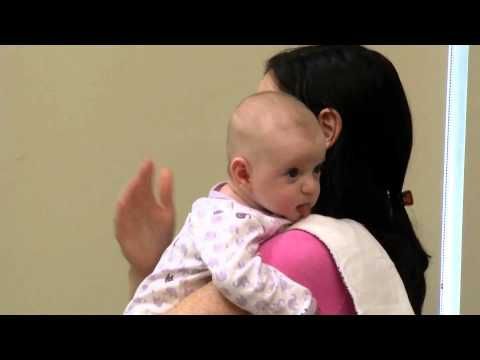
When breastfeeding, follow these tips to help prevent gas in the baby:
- Watch for signs of a fast letdown of milk from the breast. If the milk comes out too quickly at the beginning, and the baby is gulping or gasping, take the baby off the breast for a few seconds. Catch the excess milk in a towel or cloth if necessary. Once the milk flow has slowed down, put the baby back on the breast.
- Experiment with different breastfeeding positions. Different babies and women find that certain positions allow them both to breastfeed comfortably. It may help to ask a lactation consultant for tips.
- Make sure that the baby has latched on correctly. The baby’s lips should be sealed and spread out around the nipple. Their lips should not turn inward.
There are ways to burp a sleeping baby without waking them, but no method is foolproof. Parents and caregivers may need to experiment with different burping methods to find which ones work best for them and the baby.
While many babies fall asleep while breastfeeding or bottle feeding, it is important to follow the American Academy of Pediatrics‘ safe sleep guidelines for babies. Following these guidelines may help prevent sudden infant death syndrome (SIDS) and sleep-related infant deaths.
Babies should have regular checkups with a pediatrician to be sure that they are feeding and gaining weight as necessary.
How and When to Burp a Newborn
NewbornPediatricsLactation Consultation
Reviewed By Melinda L. Winterscheid, M.D.
While it might not be the most glamorous of tasks, burping your baby is important for his or her comfort. When babies are feeding, they take in air, which can build up and make them uncomfortable, causing you to find yourself with a fussy, squirmy child.
When to Burp Your Baby
How much a baby needs to burp will vary from baby to baby. If you're burping a newborn after breastfeeding, the baby will typically burp less because they swallow less air. Most babies will outgrow the need to be burped by 4-6 months of age.
Most babies will outgrow the need to be burped by 4-6 months of age.
You can often tell that a baby needs to be burped if he or she is squirmy or pulling away while being fed. This being said, the American Academy of Pediatrics recommends that parents try to burp their baby:
- When a nursing mother switches breasts or
- Every 2-3 oz. if being bottle-fed (60 – 90 mL)
Pausing to burp frequently slows feeding and reduces air intake. However, if your baby has not successfully burped after a few minutes of trying, switch methods or give up and continue with the feeding. It is possible that your baby doesn’t actually have to burp. The best method for burping will generally differ for babies and parents – use the method that works best for you.
Burping Methods
There are three popular methods for burping newborns and babies. All will require a burping cloth to protect from spit up or wet burps and a gentle patting motion across a baby’s back to coax out the burp. The main difference is how the baby is held. Take care to support the baby’s head and neck safely and move the baby slowly and gently.
The main difference is how the baby is held. Take care to support the baby’s head and neck safely and move the baby slowly and gently.
- Leaning
- Place a burping cloth or towel on your shoulder and/or back.
- Rest your baby’s chin or belly on your shoulder. (If opting for the belly, make sure that your baby can breathe easily. Parents may benefit from trying this option after their baby has better head/neck control.)
- Support and hold your baby in place with one hand, while using the other to gently pat your baby on the back.
- Sitting
- Place a burping cloth or towel across your lap and put a bib on your baby.
- Using your palm to support your baby’s chest and your fingers to support his or her jaw (not throat), place your baby sitting on your lap, facing away from you.
- With your free hand, gently pat your baby on the back.
- Laying
- Place a burping cloth or towel across your lap.
- Lay your baby across your knees, perpendicular to your body.

- Use one hand to support your baby’s head so that it is higher than the chest. This will prevent blood from rushing to the head.
- With your free hand, gently pat your baby on the back.
More information about feeding and burping your newborn:
When to be Concerned About Spit Up
Feeding Your Newborn
Is My Baby Eating Enough?
Newborn Pediatrics;Lactation Consultation
It looks like your browser does not have JavaScript enabled. Please turn on JavaScript and try again.
Please turn on JavaScript and try again.
It looks like your browser does not have JavaScript enabled. Please turn on JavaScript and try again.
How to help the baby when regulating
Support icon ofKeywords for searching
Home ›!! How to help a child in sprinkling
Home Home ›!! How to help a child in regurgitation
↑ Verki
Breastal feeding - completely special time for mom and her newborn baby. Together with the feeling of closeness and affection that feeding brings, understanding its nuances cannot but raise many questions, including the question of how to help an infant spit up. Regurgitation in a newborn is by no means always the result of a simple pat on his back.
In this article, we'll talk about the basics of helping a newborn spit up, as well as other questions you may have about spitting up.
Why do babies spit up?
Let's get it straight: why do newborns need to burp in the first place? During feeding, children usually swallow extra air - this is called aerophagia. Spitting up helps prevent this air from entering the intestines, as well as vomiting, gas, and crankiness in the baby. To avoid the return of milk after feeding, you should give the baby the opportunity to burp more often.
Spitting up helps prevent this air from entering the intestines, as well as vomiting, gas, and crankiness in the baby. To avoid the return of milk after feeding, you should give the baby the opportunity to burp more often.
How to help a newborn spit up?
During the first six months, the baby should be kept upright in a column for 10-15 minutes after each feed. This will help keep the milk in his stomach, but if the baby occasionally burps anyway, parents need not worry. While carrying your baby in an upright position, you can put a baby diaper or wipes on your shoulder to keep your clothes clean.
We've already seen why spitting up is important, now let's find out how to help your baby spit up. Parents should gently pat the baby on the back with a hand folded in a handful until he burps. Folding your hand into a handful is important because clapping with a flat palm may be too strong for an infant.
Every baby is different and there is no one right position for spitting up. To get started, you can try the following options:
To get started, you can try the following options:
- Sitting position with the baby on the chest. In this position, the parent puts the baby's head with his chin on his shoulder and with one hand supports the baby under the back. With the other hand, you can gently pat the baby on the back. This method is most effective in a rocking chair or when the baby is gently rocking.
- Holding the child upright on your legs. With one hand, parents can hold the baby by the back and head, supporting his chin and placing his palm on the baby’s chest, with the other hand, you can gently pat him on the back. At the same time, it is important to be careful: do not press the child on the throat, but only gently support his chin.
- Holding a baby on your lap while lying on your tummy. Make sure his head is above his chest and gently pat your baby on the back until he burps.
Here are some tips on how best to help your newborn spit up:
- Let your baby spit up during feeding.
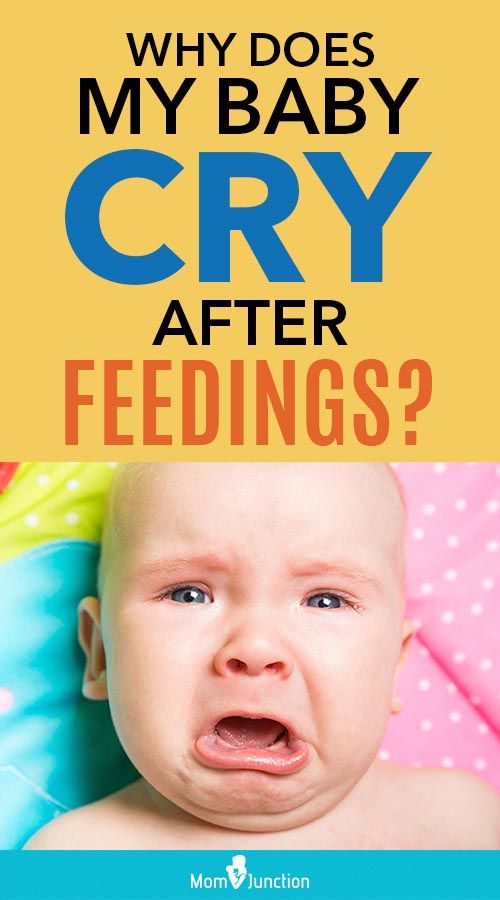 If the baby is restless or has swallowed air, it is worth giving him the opportunity to burp during feeding, and not just after.
If the baby is restless or has swallowed air, it is worth giving him the opportunity to burp during feeding, and not just after. - When bottle feeding, let the newborn burp after every 50-60 ml.
- When breastfeeding, let the baby burp at every breast change.
It is important to let your baby spit up after eating, even if he spit up during feeding!
If your baby is gassy, spit up more often. Also, if he vomits frequently or suffers from gastroesophageal reflux disease (GERD), have him spit up after every 30 ml bottle-feeding or every five minutes while breastfeeding.
How long should a baby be held for it to burp? It's different for everyone, but generally keeping a newborn upright for 15 to 20 minutes after a feed helps the milk stay in the baby's stomach.
Minimize the amount of air you swallow. Gas production and regurgitation result from aerophagia during feeding. The baby will inevitably swallow air, but there are ways to prevent it from swallowing too much. Whether you bottle feed your baby or combine breastfeeding with bottle feeding, the Philips Avent anti-colic bottle with AirFree valve is designed so that the nipple is always filled with milk without excess air, even in a horizontal position, thus preventing the baby from swallowing excess air during feeding.
Whether you bottle feed your baby or combine breastfeeding with bottle feeding, the Philips Avent anti-colic bottle with AirFree valve is designed so that the nipple is always filled with milk without excess air, even in a horizontal position, thus preventing the baby from swallowing excess air during feeding.
Reducing the amount of air your baby swallows can help reduce your baby's risk of colic, gas, and spitting up.
Breastfeeding is a wonderful time to strengthen the bond between parent and baby. Every mom and every baby is different, so learning to help your newborn burp properly can take time and practice.
Articles and tips from Philips Avent
Baby+ app
Download the app and track your child's development and growth with trackers, and keep those special moments forever.
Download app:
You are leaving the Philips Healthcare (“Philips”) official website. Any links to third party websites that may be included on this site are provided solely as a convenience to you.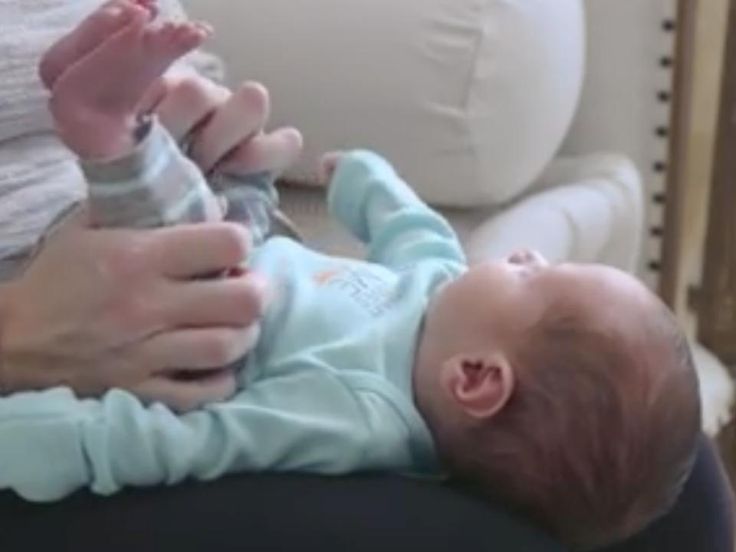 Philips makes no warranties regarding any third party websites or the information they contain.
Philips makes no warranties regarding any third party websites or the information they contain.
Expert's stats
Tsodikova Olga Anatoliivna
doctor of medical sciences, professor, physician-pediatrist of the highest category
Kharkiv
Expert's stats
Yanovska Kateryna Oleksandrivna
Candidate of Medical Sciences, Associate Professor, pediatrician, child pulmonologist
Kharkiv
Expert's stats
Shchelkunova Valeriya Maksimivna
neonatologist-resuscitator, specialist in baby medical massage, blogger, founder of the online school for mothers Hellobaby_school
7-12 months
for 12 months
New on the cob
Colic
What are breast milk oligosaccharides and why are they measles? The stench may bring the presence of deacid bacteria into the body and improve the intestinal microflora, while helping the still weak immune system of the child. As it seems, Valeria Maksimivna Shchelkunova, a neonatologist from Spain, has revealed.

Shchelkunova Valeria
Maksimivna
06 Zhovtnya 2021
How to make a baby grow up early after the fall
The first two days of a baby's birth is a critical period for the development of lactation. How to improve the breast vigodovuvannya after the gentle steps and how to work, if not everything is going smoothly? Rozpovіdaєmo pronunciation with breasts in a canopy booth and at home, a bank of breast milk and a child's madness in the capacity of annunciation of a newly born child. An expert opinion on this topic with numerous viewers of the live broadcast of MAMAKO ® on Instagram shared a neonatologist, a consultant in breast care, Viktoria Anatoliivna Nekryach.
Nekryach Victoria
Anatolyivna
02 Serpnia 2021
Immunity of a child on breastfeeding
Breast milk has immune components, which are not found in one child's sum. And how can these charming speeches increase the immunity of a newly born child, or can a baby need to be hartted and additionally given to him vitamins, dietary supplements? And maybe, take vitamins and take mom, who is good? Vіdpovіdі іdіnієmosya vіdpovіdі dіznієmosya likar-neonatologia, consultant s thoracic care viktorії Anatolyїvni Nekryach.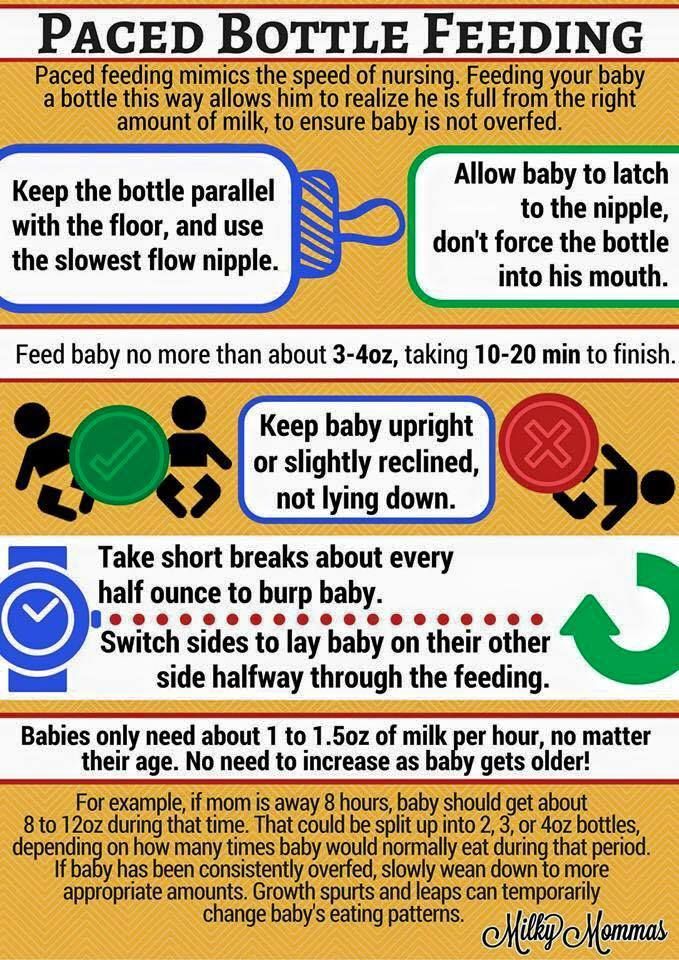
Nekryach Victoria
Anatolyivna
23 April 2021
Until what age is it necessary to make a little crazy?
How long does it take for a crazy child to grow up? Chi lose your sum for nothing? Chi is not a safe trival year for the little dances? Vіdpovіdі on qі nutrition lie down in the vіd specific situations. Let's look at them and sort them out, how to correctly complete the piece of work, how to quickly cut a lot of sumishi and how to transfer the little one to the deep stil. Our expert is a neonatologist, consultant in breastfeeding Viktoria Anatoliivna Nekryach.
Nekryach Victoria
Anatolyivna
20 April 2021
The mode of eating on a piece of food
The mode of eating a newborn on a piece of food is transferring a schedule of yearning for milk sum, which needs to be supplemented gradually. How often you will eat a child, how much madness you give, how to eat madly with complementary foods and not disrupt the regimen, tell the doctor-pediatrist and child pulmonologist Katerina Oleksandrivna Yanovska.
Yanovska Katerina
Oleksandrivna
16 April 2021
Crust of baby rice porridge for babies
Baby porridge without gluten - the basis of complementary foods, they are not eaten with the first after breast milk and milk sum. The most popular cereals are rice and buckwheat. Rice is especially, and persh for everything that is good for etching. Like the bark of rice porridge on goat milk, like a rich taste of porridge on water, and like porridge is better to choose, homemade or bought in a store, known as a neonatologist, consultant for breastfeeding Viktoriya Anatolyivna Nekryach.
Nekryach Victoria
Anatolyivna
13 April 2021
Why is the baby pinisti deformed and unsafe?
It is decided if the pimples are not cleared - the norm, and if you go back to the pediatrician and have a medical analysis, to find out the reason for the appearance of the pini and take the likuvannya. The doctor-pediatrist and child pulmonologist Katerina Oleksandrivna Yanovska shared with us.
The doctor-pediatrist and child pulmonologist Katerina Oleksandrivna Yanovska shared with us.
Yanovska Katerina
Oleksandrivna
19 Lutogo 2021
How to avoid eating with food allergies
If a child has a high level of development of an allergy, or else the symptoms are already manifested, it seems that you are helpless in choosing a child's food. Chi so tse? How to treat a child with food allergies, as a product to include breastfeeding and birth control, as well as in the first feeding, to reduce the influx of allergens on the body, tell the doctor-pediatrician and child pulmonologist Katerina Oleksandrivna Yanovska.
Yanovska Katerina
Oleksandrivna
16 Lutogo 2021
Why do new peoples so often excite
Why do they not see? We look at the reasons, safe and unsafe become, tied up with childish winds, and we know how to fight with them and save their appearance. Consulting physician-pediatrist and child pulmonologist Katerina Oleksandrivna Yanovska.
Consulting physician-pediatrist and child pulmonologist Katerina Oleksandrivna Yanovska.
Yanovska Katerina
Oleksandrivna
12 Lutogo 2021
Pacifier-pacifier: all pros and cons
In the rest of the hour, the child believes more and more often and wants to buy a pacifier? Do not hurry with the purchase, you may not need it. Now you need a pacifier-dummy, what can you give to newborns, if it is correct to instill the sound of the stars in a regular way? Let's listen to the word of the mother and the joys of the neonatologist, consultant for breast care Viktor Anatolyivna Nekryach.
Nekryach Victoria
Anatolyivna
09 Lutogo 2021
Mami's diet during breastfeeding Please, doctor-neonatologist, consultant for breast care Viktoriya Anatoliivna Nekryach.
Nekryach Victoria
Anatolyivna
11 Breast 2020
What are shown behind the warehouse sums "1", "2" and "3" on the stock MAMAKO
® Premium How great is the difference between formulas, how does the warehouse of children's sums grow and how can you give a small formula, yak do not support it? We will discuss it with a neonatologist, a consultant in breast care, Viktor Anatolyivna Nekryach.
Nekryach Victoria
Anatolyivna
08 Breast 2020
Child whoops, is it okay?
Why does the child often hoot and why is it a cause for anxiety? Symptoms and causes of hiccups, methods of supinitis in newborns and not - in an interview with a pediatrician and child pulmonologist Katerina Oleksandrivna Yanovskaya.
Yanovska Katerina
Oleksandrivna
04 Breast 2020
How to treat allergies to other ailments
Dermatitis, mild and food allergies may not have similar symptoms, but still have a serious illness. As a symptom of a food allergy, on such products, reactions are most likely to occur until fate and if the stench passes, we know from the pediatrician and child pulmonologist Katerina Oleksandrivna Yanovskaya.
Yanovska Katerina
Oleksandrivna
01 Breast 2020
How and if you are not fit, if you are sick
Reduced appetite is normal for sick children with more uncomplicated conditions. Let's give you hearty recommendations, which you can drink and don't, if you're sick. Consulting physician-pediatrist and child pulmonologist Katerina Oleksandrivna Yanovska.
Yanovska Katerina
Oleksandrivna
26 Leaf fall 2020
Breastfeeding and stress
Mothers, who are constantly relieving stress, can early give birth to a baby in the form of breasts. Like stress in the chest, vigodovuvannya, sho vіdbuєtsya with milk and like a baby reacts to the anxiety of mothers for an hour, the doctor-neonatologist from Spain, Valeriya Maksimivna Shchelkunova, rose up.
Shchelkunova Valeria
Maksimivna
24 Leaf fall 2020
Yaki Problems of the Half, I can be boti at the rock
Rozbraymo, Yaki is the problems of the polennya in the non-whale, and such a yak is gruel Vigodovannia Vigblivanni on the grass of the same dietary grunts on the Kozinin Molotski intestinal tract.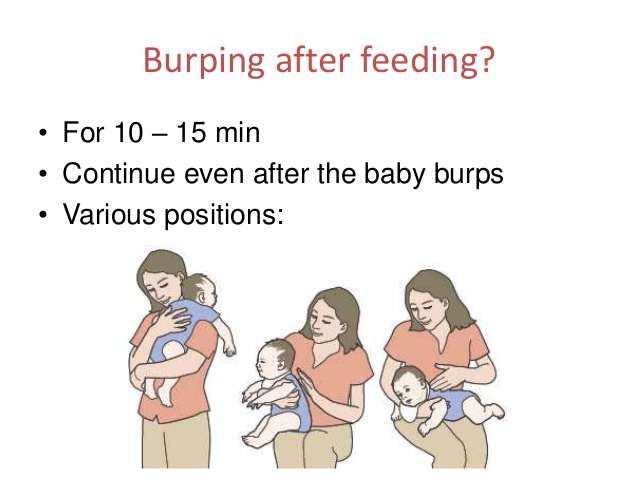 Consulting physician-pediatrist, child pulmonologist Katerina Oleksandrivna Yanovska.
Consulting physician-pediatrist, child pulmonologist Katerina Oleksandrivna Yanovska.
Yanovska Katerina
Oleksandrivna
20 Leaf fall 2020
Features of the immune system of new people What is involved in this process and what are the critical stages that the immune system is going through in its development before the rock, and also how sumish vibrati, sob to improve the development of the immunity of a child-student, - we talked about this richly more often with our post-expert, lecturer child pulmonologist Katerina Oleksandrivna Yanovskaya.
Yanovska Katerina
Oleksandrivna
17 Leaf fall 2020
How many sums do not need to be paid
Children in different countries give different amounts of sums. Ale є yak minimal, so і maximally admissible bindings. Rozpovіdaєmo, how much madness is due to the child in the skin month of life and how to pay for a one-time and additional year, so that the little ones do not take too much too much or too little too much madness. Zanuryuєmosya in numbers and formulas together with the neonatologist, consultant for breastfeeding Viktor Anatolyivna Nekryach.
Zanuryuєmosya in numbers and formulas together with the neonatologist, consultant for breastfeeding Viktor Anatolyivna Nekryach.
Nekryach Victoria
Anatolyivna
13 Leaf fall 2020
The role of prebiotics and probiotics in the development of a child before birth
In the case of neonatal colonization, the intestines of a neonate are colonized by first bacteria. In order to form a core bacterial flora and eliminate problems with the intestinal tract, use probiotics and prebiotics. But not everyone knows their right function, and how the stench is tied up among themselves. Responsible physician-pediatrist, child pulmonologist Katerina Oleksandrivna Yanovska.
Yanovska Katerina
Oleksandrivna
10 Leaf fall 2020
How to help a newly born child after a birthday
How to help a child without discomfort after a birthday with breast milk or go crazy? It’s easy to hear the opinions on the food chain - listen to the fahivtsya.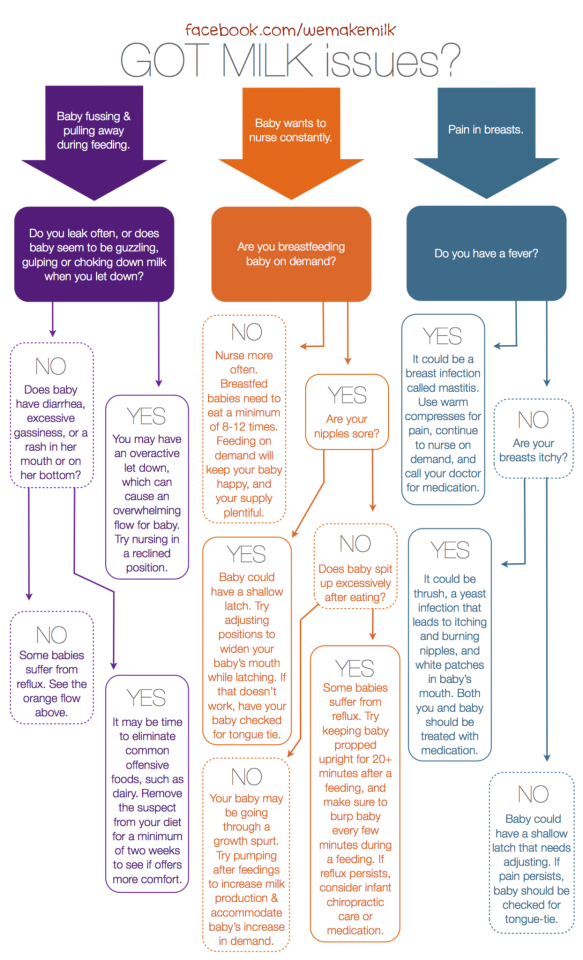 The article was written by a doctor-neonatologist, a consultant in breast care, Viktor Anatolyivna Nekryach.
The article was written by a doctor-neonatologist, a consultant in breast care, Viktor Anatolyivna Nekryach.
Nekryach Victoria
Anatolyivna
06 Leaf fall 2020
Vibrati for a small child with colic
A small child is nervous, screaming, sleeping badly - it’s possible, if there are colic. In order to understand, how to help children and how to manage to vibrate with colic, it is necessary to understand the nature of this process. About the symptoms of colic, see the madness in the numbness and signs that the body does not take good care of the madness, rozpovida doctor-pediatrist of the highest category and cerebrate of the school of young mothers Tetyana Volodimirivna Shvets.
Sweden Tetyana
Volodymyrivna
03 Leaf fall 2020
What is the reflux in the incapacitated
What is the reflux in the incapacitated - if it is a natural state, but if it is a sign of a serious disorder in the body. What is corny for a child with reflux, like nutrition, help with safety, fathers of guilt, care in the focus of respect and if you turn to the doctor, our permanent expert, doctor-neonatologist and consultant for breast care Viktoriya Anatolyivna Nekryach, will tell you.
What is corny for a child with reflux, like nutrition, help with safety, fathers of guilt, care in the focus of respect and if you turn to the doctor, our permanent expert, doctor-neonatologist and consultant for breast care Viktoriya Anatolyivna Nekryach, will tell you.
Nekryach Victoria
Anatolyivna
30 Zhovtnya 2020
How to understand that a child is crazy not to go to a child
How to understand that a newborn is not to go crazy? Doctors recommend respectfully following the camp of yoga, health and behavior, as well as sorting out the numbers on the packaging of food and do not hurry to introduce or change the sum without looking ahead of the doctor. Let's take a look at the moments of the report by the neonatologist, consultant for breastfeeding Viktor Anatoliyivna Nekryach.
Nekryach Victoria
Anatolyivna
27 Zhovtnya 2020
In some cases, it is necessary to drink a baby and chim
In the first child, eating a child is mostly made up of breast milk or milk sum. Ale chi enough tsgogo, schob baby vtamuvav spragu? If it is possible to drink a baby and need a supplementary motherland for speky weather, we will tell you the doctor-pediatrist of the highest category and the nurse of the school for young mothers Tetyana Volodimirivna Shvets.
Ale chi enough tsgogo, schob baby vtamuvav spragu? If it is possible to drink a baby and need a supplementary motherland for speky weather, we will tell you the doctor-pediatrist of the highest category and the nurse of the school for young mothers Tetyana Volodimirivna Shvets.
Sweden Tetyana
Volodymyrivna
Zhovtnya 23 2020
How to increase appetite and increase the weight of a child
How does it work, like a child rottenly gaining weight on the chest or piece vigodovuvannі and weight її body does not meet the standard? Doctor of Medical Sciences, doctor-pediatrician of the highest category, head of the department of outpatient pediatrics of KhMAPO Olga Anatolyivna Tsodikova shares professional knowledge.
Tsodikova Olga
Anatolyivna
20 Zhovtnya 2020
Fasten after feeding: what to work?
Fixed in the child after the introduction of complementary foods to improve the reaction of the herbal system to new products. It’s necessary to give a child a bite, as if it’s fixed, as if it’s a product of pickling and how to work, so that it’s fixed without turning around, - first food, like a wart, discuss it with a doctor. We were in conversation with the doctor-pediatrist of the highest category and the nurse of the school for young mothers Tetyana Volodimirivna Shvets.
It’s necessary to give a child a bite, as if it’s fixed, as if it’s a product of pickling and how to work, so that it’s fixed without turning around, - first food, like a wart, discuss it with a doctor. We were in conversation with the doctor-pediatrist of the highest category and the nurse of the school for young mothers Tetyana Volodimirivna Shvets.
Sweden Tetyana
Volodymyrivna
16 Zhovtnya 2020
How and what to expect, if the teeth are growing
The process of the appearance of the first teeth is closely connected with changes in eating and reduced appetite. Why is it appropriate for a child, if the first teeth appear, so as not to injure the swollen lower teeth, how many days do the process of teething last and help alleviate discomfort? Recommendations are given by the doctor-pediatrist of the highest category and nurse of the school for young mothers Tetyana Volodymyrivna Shvets.
Sweden Tetyana
Volodymyrivna
13 Zhovtnya 2020
What vitamins are necessary for babies in the first life? About the relationship between vitamins and eating small children, the doctor-pediatrist, child pulmonologist Katerina Oleksandrivna Yanovska.



